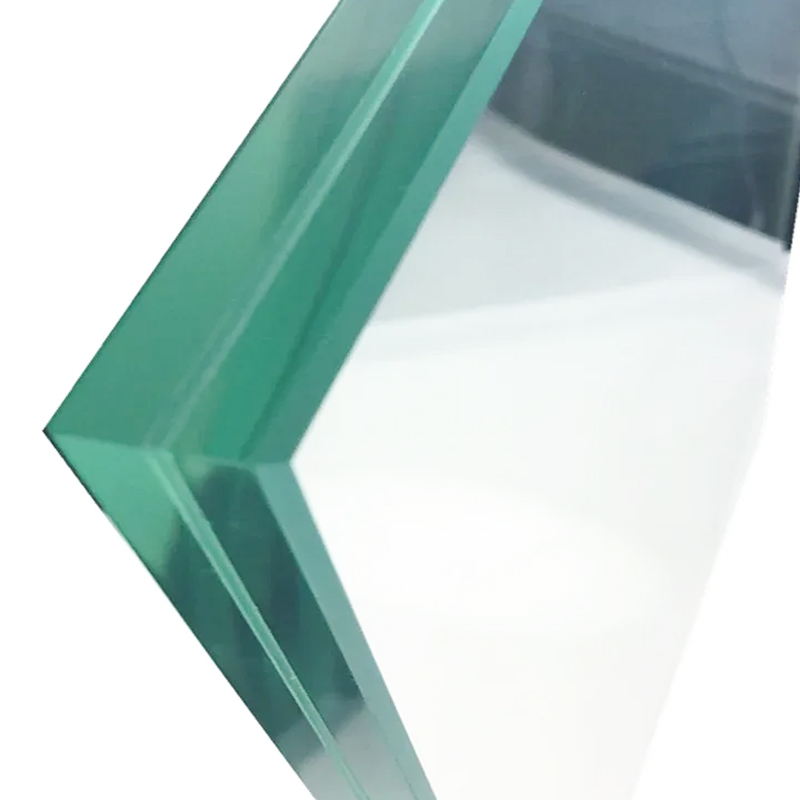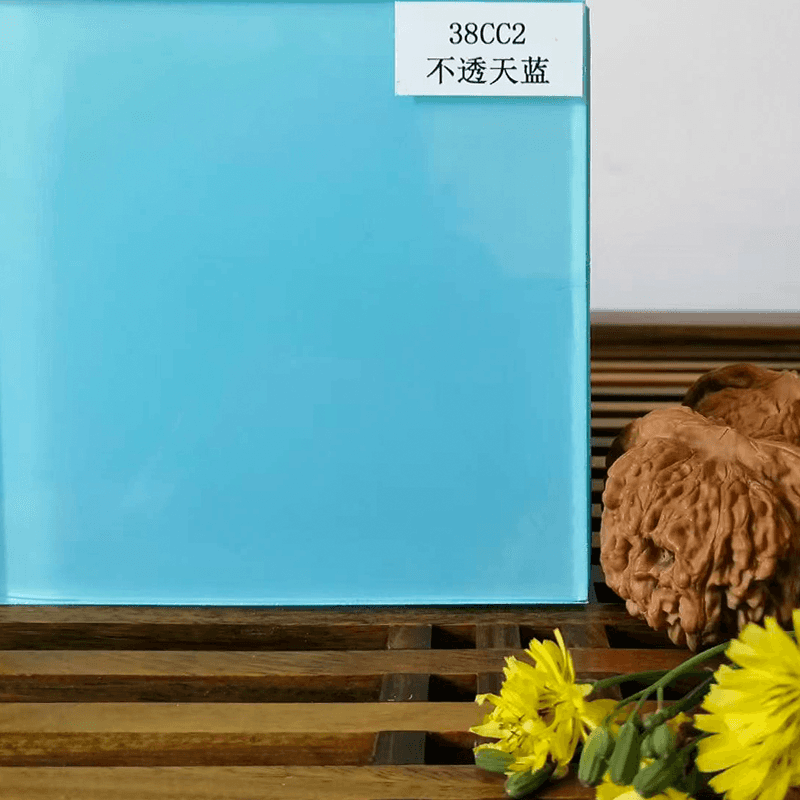language
EVA Highly Transparent Film is widely recognized for its clarity, flexibility, and versatility in various applications, from solar panels to protective laminates. While its optical and physical properties are often highlighted, a crucial question for users and manufacturers alike is: how durable is EVA Highly Transparent Film under long-term exposure? Understanding its longevity and performance under different conditions can help make informed decisions, whether for industrial use, outdoor applications, or household projects.
What is EVA Highly Transparent Film?
EVA, or ethylene-vinyl acetate, is a copolymer known for its transparency, elasticity, and chemical stability. The highly transparent version is specially formulated to allow maximum light transmittance while maintaining mechanical strength. This film is used in areas where clarity and durability are essential, such as encapsulating photovoltaic cells in solar panels, laminating glass surfaces, or protecting delicate materials.
Factors Affecting Durability
The durability of EVA Highly Transparent Film depends on several interrelated factors:
1. UV Radiation
Exposure to sunlight can degrade many polymers over time. EVA is formulated with UV stabilizers to slow down degradation, but prolonged exposure can eventually cause yellowing, reduced clarity, or minor surface cracking. High-quality EVA Highly Transparent Film maintains a stable appearance for several years, but understanding the intensity and duration of UV exposure is key to predicting lifespan.
2. Temperature Extremes
EVA can tolerate moderate heat and cold, but extreme temperature cycles can affect its flexibility and adhesion properties. For outdoor applications, temperatures that fluctuate widely between day and night can lead to thermal expansion and contraction. Over long-term exposure, repeated thermal stress may cause minor dimensional changes, although the film’s elasticity generally absorbs such movements without cracking.
3. Moisture and Humidity
EVA Highly Transparent Film is resistant to moisture, which is why it is commonly used in encapsulation for solar panels. However, excessive or prolonged exposure to high humidity combined with heat can accelerate hydrolysis reactions in some formulations, potentially reducing adhesion or clarity over many years. Proper sealing and lamination techniques help maintain durability in humid environments.
4. Mechanical Stress
Mechanical durability is another consideration. The film is flexible and resistant to minor abrasions, but repeated bending, stretching, or impact can eventually weaken it. In laminated applications, the film is supported by other layers, which significantly improves long-term resistance to mechanical stress.
5. Chemical Exposure
Contact with strong acids, bases, or solvents can degrade EVA Highly Transparent Film. While it is generally chemically resistant for everyday use, industrial environments with harsh chemicals may shorten its effective lifespan. Knowing the chemical conditions in which the film will be used is essential to estimate long-term performance.
Long-Term Performance in Common Applications
1. Solar Panels
EVA Highly Transparent Film is most commonly used as an encapsulant in photovoltaic modules. Its role is to protect the delicate solar cells while allowing maximum light to pass through. Long-term studies indicate that high-quality EVA films can last 20–25 years without significant loss of clarity or adhesion when properly laminated and protected from extreme environmental factors.
2. Architectural and Glass Laminates
When used in laminated glass for windows or protective coatings, EVA Highly Transparent Film maintains its clarity and bonding strength for many years. Even under direct sunlight, modern formulations resist yellowing and provide stable adhesion. Proper installation and surface preparation are crucial for maximizing longevity.
3. Flexible Electronics and Packaging
In flexible electronics, EVA Highly Transparent Film serves as a protective and insulating layer. Its combination of flexibility and clarity allows long-term protection without compromising device performance. For packaging, the film provides moisture resistance and mechanical protection, although exposure to high temperatures during storage or shipping can affect durability if not carefully controlled.

Maintenance and Best Practices
To ensure EVA Highly Transparent Film maintains its properties under long-term exposure, consider the following practices:
- UV Protection: Even though EVA contains stabilizers, additional UV-protective coatings can prolong clarity and prevent yellowing.
- Temperature Management: Avoid exposing the film to sudden extreme temperature changes whenever possible.
- Proper Sealing: For outdoor and humid environments, sealing edges and using high-quality lamination methods prevent moisture ingress.
- Cleaning: Clean with mild detergents and soft cloths to avoid surface scratches and maintain optical clarity.
- Chemical Awareness: Avoid prolonged contact with aggressive chemicals that could compromise the polymer structure.
Signs of Degradation
Even with careful use, EVA Highly Transparent Film can show signs of aging over time. Common indicators include:
- Slight yellowing or clouding
- Minor surface cracking or brittleness at edges
- Reduced adhesion in laminated applications
These signs usually appear after many years of exposure and can be delayed with proper material selection, installation, and maintenance.
Conclusion
EVA Highly Transparent Film is a durable, versatile material that performs well under long-term exposure when used appropriately. Its chemical stability, mechanical flexibility, and optical clarity make it suitable for solar panels, laminated glass, flexible electronics, and protective applications. While factors such as UV radiation, temperature fluctuations, moisture, mechanical stress, and chemical exposure can influence longevity, modern formulations and best practices help maintain performance for decades. Understanding these factors allows users to optimize the lifespan and effectiveness of EVA Highly Transparent Film in any application.






